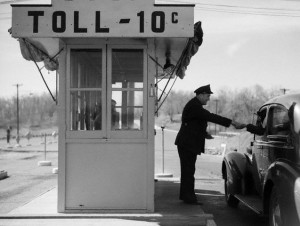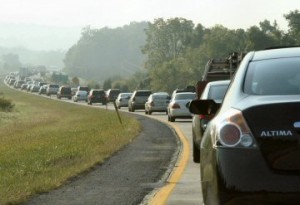I received an email from John Harding of Econsult, www.econsult.com in regards to a Coatesville economic survey that his company is conducting and asking if I would post links on Community Matters. According to their website, Econsult Corporation provides economic impact analysis, transportation economics, policy and planning, project and program evaluation and travel and tourism.
Econsult has been hired by Coatesville to conduct a study to get ideas about Coatesville today and what people would like Coatesville to look in 5 to 10 years. As part of the study, Econsult will gather citizen and stakeholder input on three main areas:
- What types of buildings and uses are appropriate downtown;
- What kind of retail options are most valuable; and
- What kind of amenities would help make Coatesville a better place to live, work, and play
Here are the links to the Econsult survey:
English version:
https://www.surveymonkey.com/s/767P22J
Spanish version:
https://www.surveymonkey.com/s/S7BTDP7
Aside from singing at the Coatesville Veterans Hospitalwith the Noteables, my exposure to Coatesville has been limited. However, some of you may be more qualified to respond to the survey.
The Econsult survey reminds me of a couple of things –
(1) Recently Tredyfffrin Twp received a $50K grant from the Delaware Valley Regional Planning Commission’s (DVRPC) Transportation and Community Development Initiative (TCDI) grant program. The township has issued a RFP, “Request for Proposals for Analysis and Revisions of Zoning Ordinance Commercial Districts”. The township seeks a consult team to “analyze ways to consolidate and modernize its commercial zoning regulations, and to lead an effort to inform and educate Township officials and stakeholders on optimal approaches that have led to successful implementation in other communities”.
(2) In November, the Board of Supervisors formed the Tredyffrin Business Development Advisory Council, which included 6 members, 4 liaison community members and township staff. As I understand it, the 6 members were to help plan and develop strategies for business and economic development. I have been told that the members are meeting regularly and that they will make their report public within 4 months. As the advisory council moves forward with their project, they are to make periodic updates to the Board of Supervisors.
Communities all over the country are experiencing rapid changes that will set precedence for the future. We need a vision of what could be but what is also realistically possible. Is that part of the job of the economic development advisory council?
Communities that refuse to plan for growth and for change, or that refuse to put infrastructure in place that allow for positive changes are always going to play “catch up”. We can look around and see where some communities – Media, Phoenixville, Wayne, West Chester have been successful and where others seem to be stuck in a time warp. Of course, we all know that the economy is unstable. But if we wait until the national economy stabilizes, it will be impossible to plan for the future. The future is coming whether the economy stabilizes or not. Those places that improve the quality of life for their citizens are going to grow and prosper, no matter what happens to the national economy.
“Quality of life” is nebulous and hard to define but it is a condition that sets communities apart from one another. We have all traveled to areas where we think to ourselves, “this place is nice” and conversely, we have all been to neighborhoods where the feeling is anything but nice. Quality of life is a force that can affect housing values, residential and commercial growth and . . . local pride. And quality of life is very hard to maintain. Once it begins, deterioration can be rapid. There are signs of deterioration here in this community – the empty commercial and retail spaces, infrastructure improvement needs, maintenance in township park issues . . . and even light bulbs!
What does it take to insure that the quality of life grows with a community? It takes vision to see what could be and what is possible and practical. It takes creativity to think outside the box and maybe stop thinking that we have to do it the way it has been done before. And of course, it does take money. Instead of complaining about the situation, and questioning why things are not getting done, why not ask ourselves what ‘we’ can do?

